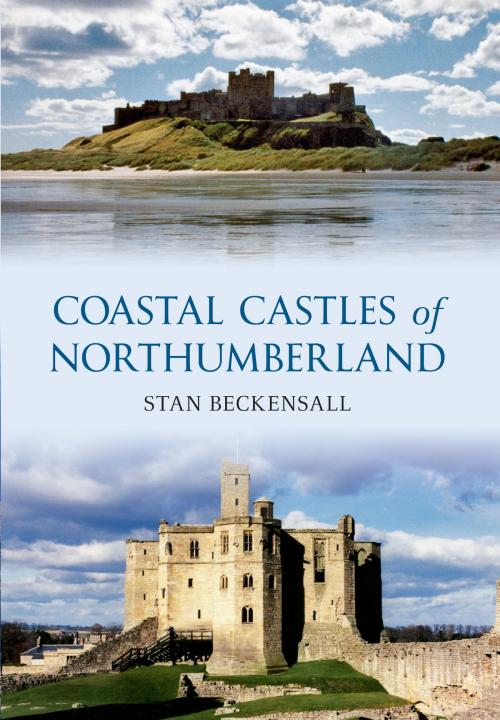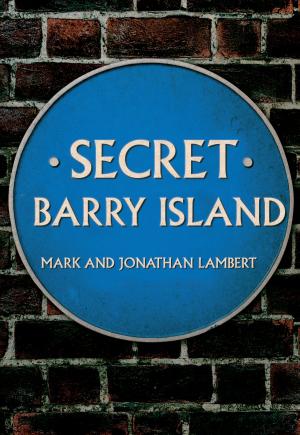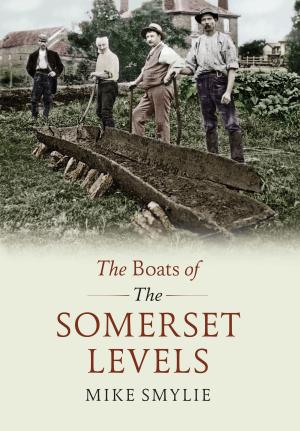Coastal Castles of Northumberland
Nonfiction, Art & Architecture, Photography, Pictorials, Travel, Architecture, History| Author: | Dr Stan Beckensall | ISBN: | 9781445624884 |
| Publisher: | Amberley Publishing | Publication: | December 15, 2010 |
| Imprint: | Amberley Publishing | Language: | English |
| Author: | Dr Stan Beckensall |
| ISBN: | 9781445624884 |
| Publisher: | Amberley Publishing |
| Publication: | December 15, 2010 |
| Imprint: | Amberley Publishing |
| Language: | English |
A constant factor in human history is the need to protect oneself. Another factor is the urge to attack someone else. Until the Normans imposed their sophisticatedly-designed castles on Britain, the country had seen many structures that met either of these needs. Before the Romans brought their efficient war machine across the Channel and based its troops in a variety of walled buildings, their prehistoric antecedents had met these needs in a different way. For example, pre-Roman hillforts were used not only for defence but also as a gathering place for farmers scattered widely over the land, a place where they established a regional identity and a claim to the land through their ancestors. Along Hadrian's Wall, stone forts were built to house infantry and cavalry. Later some of these places served as regional bases for warriors who arrived from northern Europe. Then came the Norman Conquest. This book of Northumberland's coastal castles explores those that were an outward and visible sign from Norman times onward of domination by the powerful, as well as being a focal point of communities in which they were built. A profusion of colour picures shows where they were sited, how they developed, and what is left of them. Castles were abandoned when they became redundant: gunpowder put paid to many of them, but once there was peace the owners wanted the good life away from the cold and draught - another part of the story.
A constant factor in human history is the need to protect oneself. Another factor is the urge to attack someone else. Until the Normans imposed their sophisticatedly-designed castles on Britain, the country had seen many structures that met either of these needs. Before the Romans brought their efficient war machine across the Channel and based its troops in a variety of walled buildings, their prehistoric antecedents had met these needs in a different way. For example, pre-Roman hillforts were used not only for defence but also as a gathering place for farmers scattered widely over the land, a place where they established a regional identity and a claim to the land through their ancestors. Along Hadrian's Wall, stone forts were built to house infantry and cavalry. Later some of these places served as regional bases for warriors who arrived from northern Europe. Then came the Norman Conquest. This book of Northumberland's coastal castles explores those that were an outward and visible sign from Norman times onward of domination by the powerful, as well as being a focal point of communities in which they were built. A profusion of colour picures shows where they were sited, how they developed, and what is left of them. Castles were abandoned when they became redundant: gunpowder put paid to many of them, but once there was peace the owners wanted the good life away from the cold and draught - another part of the story.















